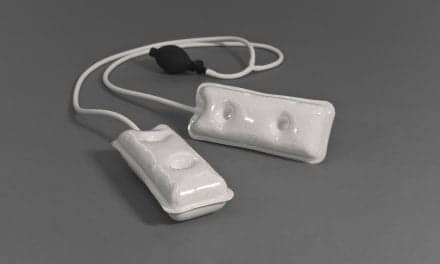Neuromuscular and MRI experts from AMRA Medical, Linköping University, and Copenhagen University articulate the need for and utility of MRI biomarkers in clinical settings and clinical trials in their publication titled “MRI in Neuromuscular Diseases: An Emerging Diagnostic Tool and Biomarker for Prognosis and Efficacy,” published in the Annals of Neurology. Furthermore, they shed light on what to consider when designing an MRI protocol for a neuromuscular disease clinical trial.
The publication is an exhaustive review that summarizes the quantitative MRI techniques in the diagnosis and management of neuromuscular diseases, as well as in clinical trials. It also discusses how to use MRI in neuromuscular diseases, including the use and implementation of skeletal muscle MRI protocols and relevant regulatory guidelines.
In the publication, it was described that neuromuscular diseases are characterized by loss of muscle mass and function as well as an increase in muscle fat infiltration. The specific muscles affected differ from patient to patient and with the severity of disease. Further, muscle functionality, as measured with functional tests, can vary day to day.
Performance-based tests (such as the six-minute walk test, 6MWT) are currently the gold standard for diagnosing and monitoring neuromuscular diseases. The variability of functional tests signifies the need for alternative or additional biomarkers and primary outcomes. It was suggested that skeletal muscle MRI can be used to assess disease state, evaluate disease progression, and/or detect benefits of various therapies by investigating muscle quality.
AMRA collaborates with clinical investigators and academic institutions worldwide to embed its whole-body MRI protocols and analysis into clinical trials and natural history studies. AMRA’s methodology volumetrically quantifies lean muscle tissue, muscle fat fraction and infiltration, and additional body composition characteristics. Measuring total individual muscle volume captures changes that may be overlooked using cross-sectional images by evaluating the entire muscle.
Access the full publication on MRI biomarkers for neuromuscular diseases here https://doi.org/10.1002/ana.25804






